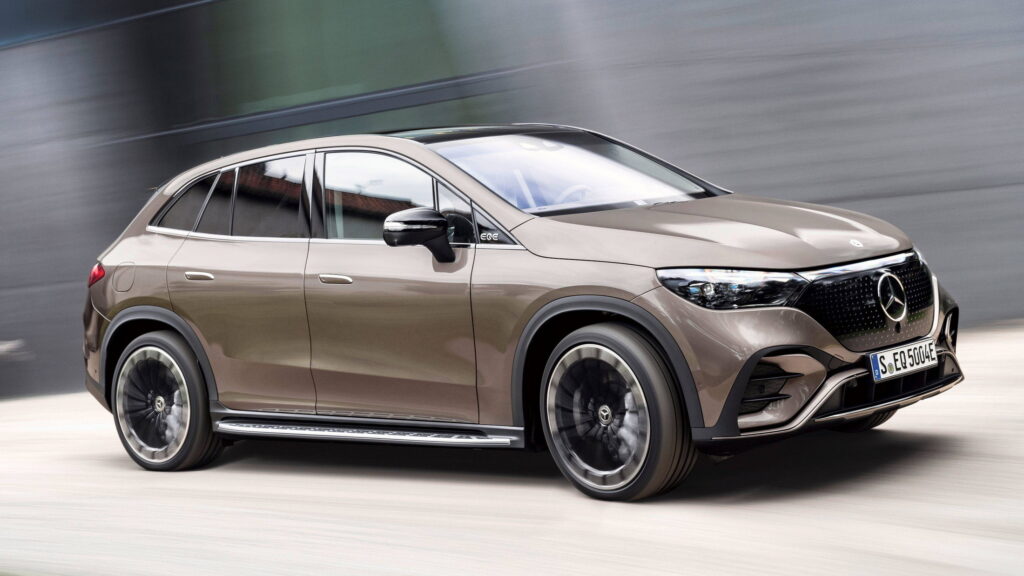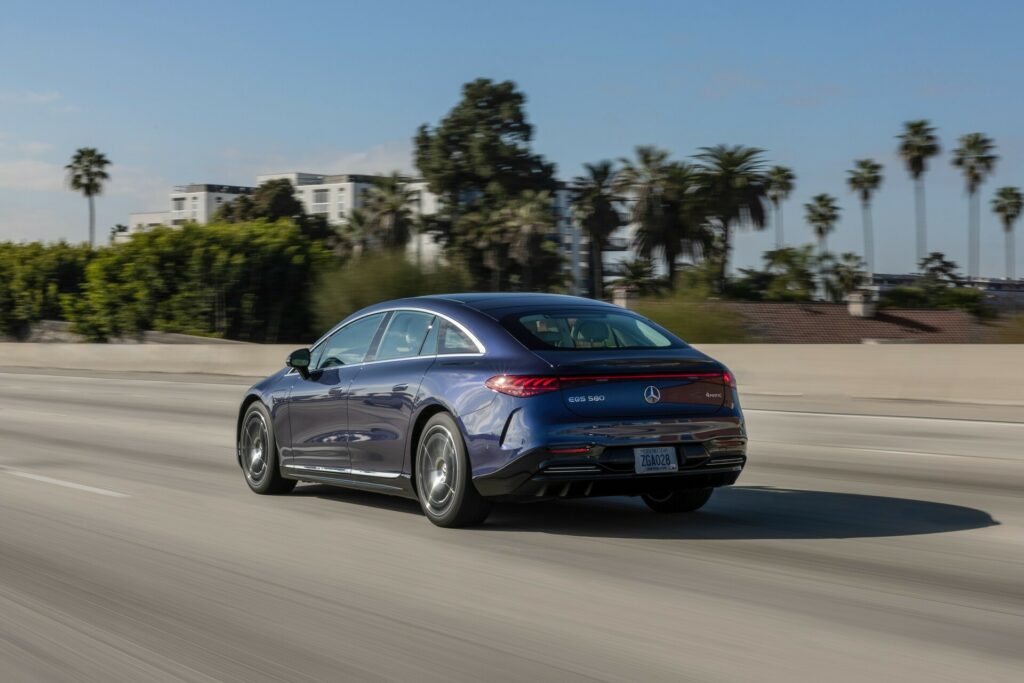Mercedes Quietly Pauses EV Deliveries To US While Slashing Prices Behind The Scenes
- Mercedes paused EV shipments to the U.S. citing low demand and dealer inventory.
- It will also cut EQE and EQS prices by up to 16 percent starting with the 2026MYs.
- Rising tariffs and shrinking incentives are making U.S. EV sales difficult to sustain.
A market that only “creeps upwards” isn’t exactly what most brands hope for. Still, that’s what Mercedes-Benz expects from the U.S. electric vehicle market. It’s one reason the company has paused some EV deliveries to the States.
Notably, Mercedes makes some EVs in the USA already. It has a production facility in Alabama. On top of that, the automaker says that dealer inventory is high right now and demand is weak. All of that combined leads to the decision that’s made today. Essentially, if you want a new Mercedes EV, you’ll have to buy one that’s already in stock.
More: VW Denies Halting ID. Buzz Exports To US Over Tariffs
Speaking to Reuters, a spokesperson said that “Mercedes-Benz is temporarily putting on hold order banks for EQ models in the U.S. to align with current market demand.” That quote comes after CEO Ola Kaellenius mentioned that the brand as a whole expected EV sales to slow down during a Q2 presentation.
Tariffs, Incentives, and Price Pressures
“We don’t believe that the BEV demand in the United States goes to zero: we still think that the medium to long-term adoption rate of BEVs in the U.S. will creep upwards,” he said. Of course, this is all happening during a time when industry sands are shifting, most notably in America. Tariff pressures have combined with the end of EV tax incentives to drive prices up for consumers.

In an effort to stay competitive and better align with shifting consumer expectations, Mercedes also plans to lower the base prices of several of its electric models. The company told Reuters that starting with the 2026 model year, it will reduce prices on its EQE and EQS sedans and SUVs by anywhere from 4 to 16 percent, not including delivery fees.
Automakers all over the globe are recognizing the need to adjust their strategies. Jaguar and Land Rover have delayed their EV projects. Porsche has done the same with its electric Boxster. It’s even working on a next-gen gas-powered Macan because of market pressures.
Companies like General Motors and Stellantis have already lost billions due to tariffs despite building plenty of cars in the USA. Other automakers like Porsche and Kia are raising prices. Nations like Canada are considering internal regulation changes to sidestep tariffs, too. All of that said, this likely won’t be the last reaction we see from a company like Mercedes regarding EVs and industry pressures.




